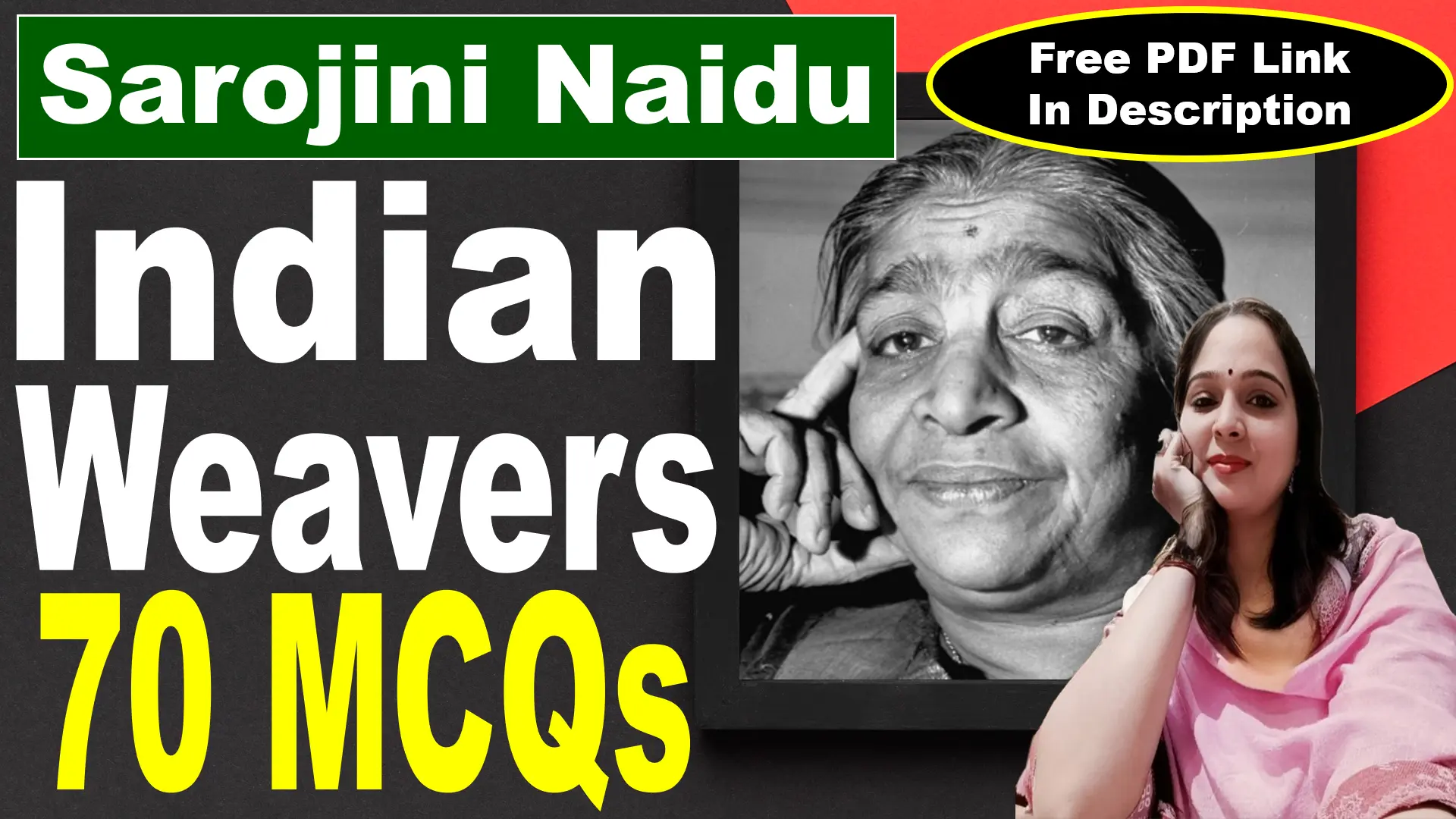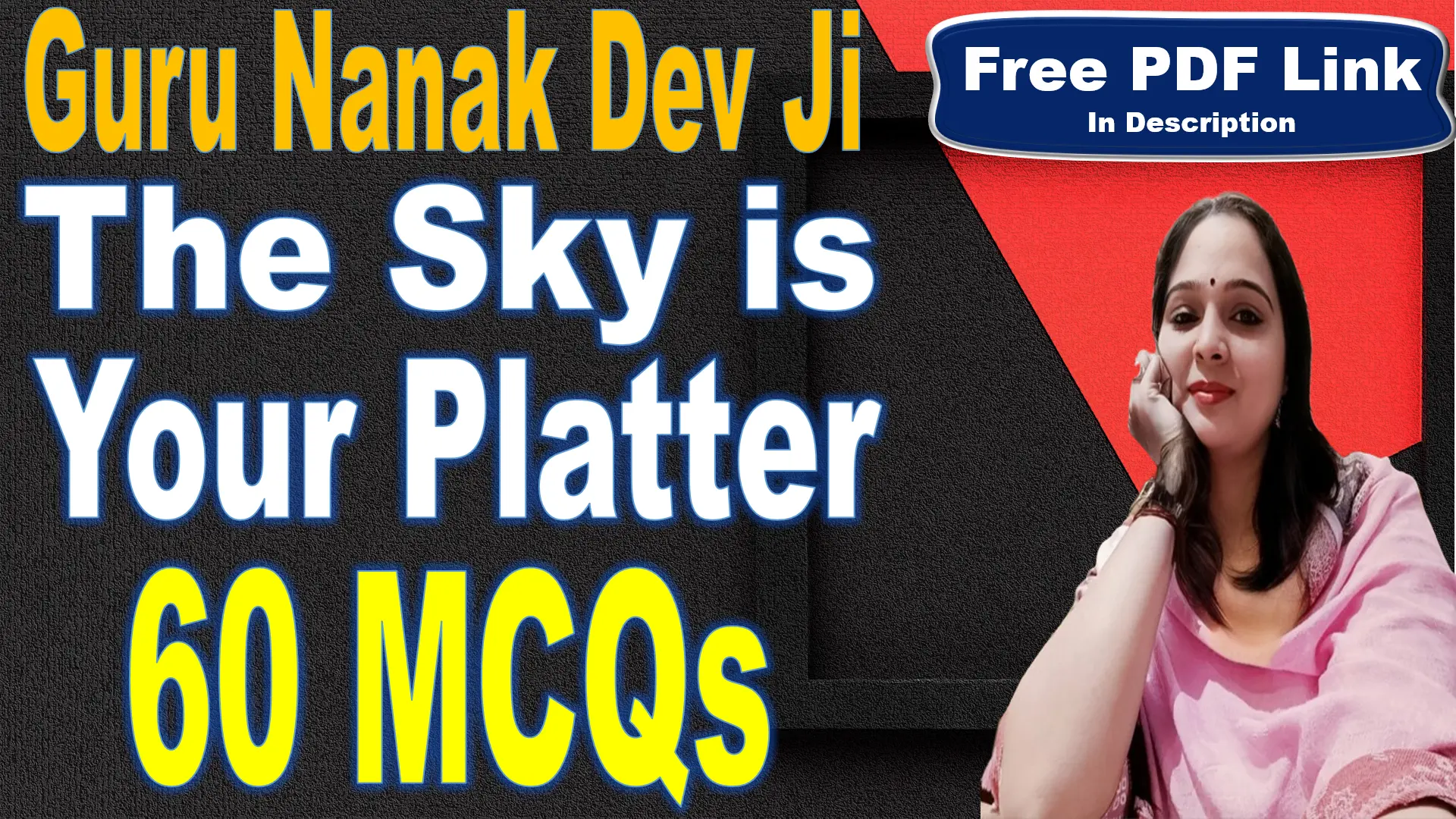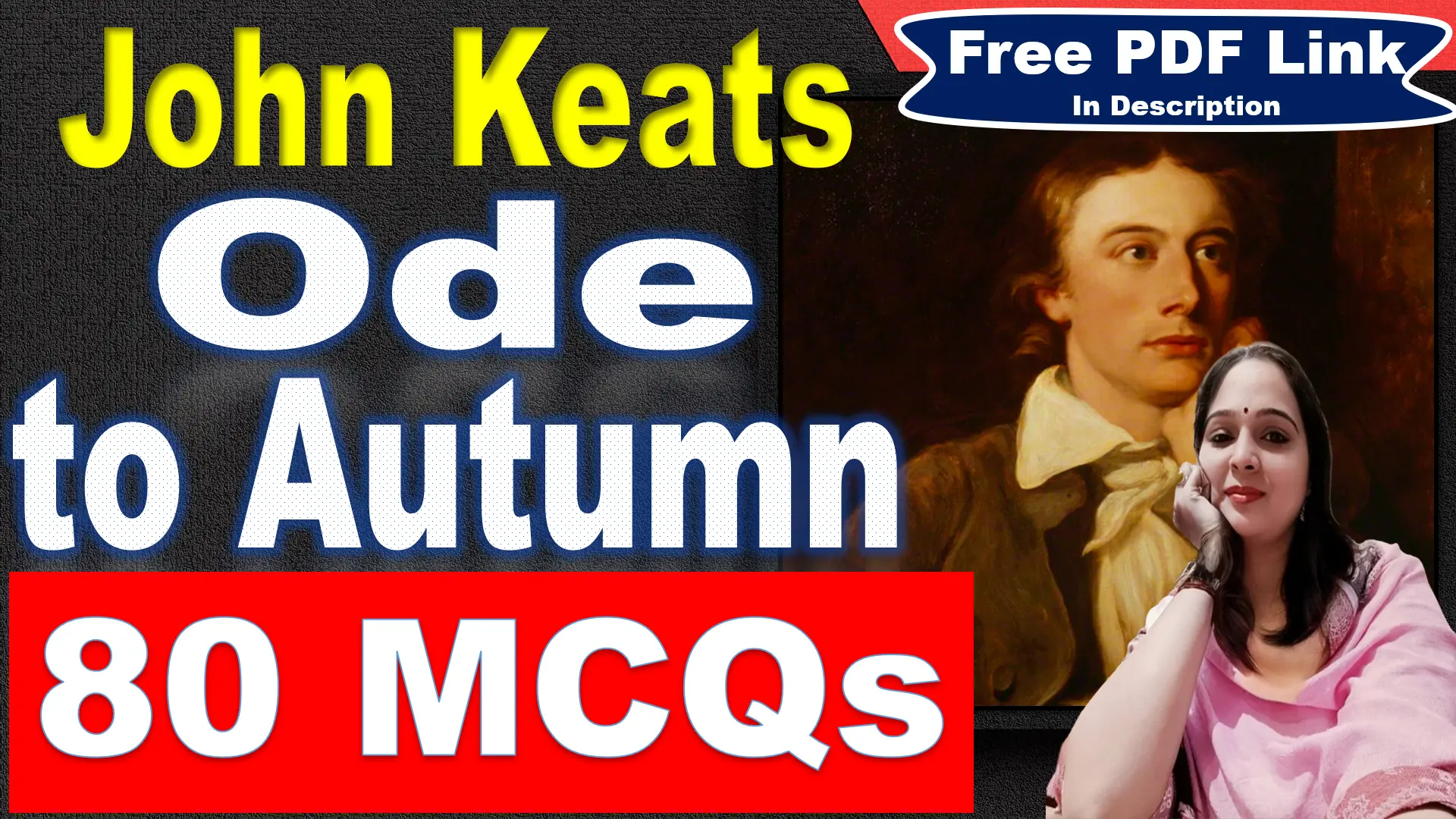Essay Type Questions
Write the critical appreciation of the poem “An Introduction” by Kamala Das.
1. Introduction
Kamala Das’s poem An Introduction is one of the most famous poems in Indian feminist literature. It was published in her collection Summer in Calcutta (1965). The poem is about her struggles with identity, language, gender roles, and self-expression. She talks about how society tries to control women and restrict their choices, but she refuses to obey these rules. The poem is also about finding one’s own voice and freedom in a world that wants to define and categorize people.
2. Central Idea
The poem is about Kamala Das’s fight to be herself in a society that forces women to follow traditional roles. She wants to write in English, even though some people criticize her for it. She also questions why women are expected to behave in a certain way while men enjoy more freedom. She expresses her personal experiences with love, marriage, and desire, showing that all human emotions are universal.
3. Structure & Rhyme Scheme
The poem is written in free verse, which means it does not have a fixed rhyme scheme or rhythm.
The lines flow naturally, as if the poet is having a conversation with the reader.
This lack of structure reflects her rebellion against the rules that society tries to impose on her.
4. Themes
a) Identity and Self-Expression
Kamala Das does not want society to label her or control her choices.
She defends her right to write in English and live life on her own terms.
b) Gender and Patriarchy
The poem criticizes how women are expected to be obedient wives and homemakers.
She cuts her hair and wears her brother’s trousers to show that she refuses to follow traditional gender roles.
c) Language and Freedom
Some people tell her that English is not her mother tongue, but she argues that language belongs to the speaker.
She believes that English can also be an Indian language if an Indian speaks it.
d) Love, Desire, and Betrayal
The poet talks about how women experience love and relationships differently than men.
She describes how men desire love urgently (like a river rushing), while women wait patiently (like the deep ocean).
e) Universality of Human Emotions
She says that she is both good and bad, loved and betrayed, happy and sad.
This means that her experiences are not unique—everyone in the world feels these emotions.
5. Style
Confessional Tone – The poet speaks openly about her personal experiences and struggles.
Conversational Language – The poem sounds like a direct conversation with the reader.
Symbolism – She uses objects and natural elements (like rivers, oceans, swords) to represent deep emotions.
Contrast – She compares opposites (e.g., sinner vs. saint, love vs. betrayal) to show life’s contradictions.
6. Poetic Devices
a) Metaphor
“The hungry haste of rivers” (male desire) vs. “the oceans’ tireless waiting” (female patience).
“Sword in its sheath” – Represents men’s hidden emotions or desires.
b) Repetition
“I am… I am…” – She repeats this phrase to emphasize her identity and existence.
“Be Amy, or be Kamala, or better still, be Madhavikutty” – Shows how society forces women to fit into labels.
c) Enjambment
The lines continue without full stops, creating a smooth and natural flow of thoughts.
d) Symbolism
“Midnight drinks in strange hotels” – Represents loneliness and alienation.
“Closed doors” – Symbolizes restrictions placed on women.
7. Critical Commentary
K.R. Srinivasa Iyengar, an Indian critic, said Kamala Das’s poetry is “bold and emotionally honest”.
Devindra Kohli called her work “a deep exploration of a woman’s struggle for freedom”.
Eunice de Souza praised her for breaking traditional barriers by writing about female emotions and sexuality.
Some critics thought she was too personal, but most admired her fearless self-expression.
8. Message
Women should be free to express themselves without fear of judgment.
Language belongs to everyone, and people should have the freedom to use it as they like.
Identity is complex and ever-changing—it should not be defined by others.
Love, desire, pain, and joy are universal emotions that connect all human beings.
9. Conclusion
An Introduction is a powerful and personal poem that challenges gender roles, language restrictions, and societal expectations. Kamala Das’s bold writing style, deep emotions, and strong statements make this poem a milestone in feminist literature. The poem’s message of freedom, identity, and universal human emotions remains relevant even today.
Long note on themes of the poem “An Introduction” by Kamala Das.
1. Identity and Self-Expression
The poet asserts her individual identity, refusing to be defined by society, language, or gender roles.
She struggles against labels and insists on her right to self-definition.
She declares “I too call myself I”, emphasizing her personal and universal existence.
Her rejection of predefined roles reflects the struggle for autonomy and freedom.
2. Gender and Patriarchy
The poem critiques society’s rigid expectations of women.
She is told to be a wife, embroiderer, cook, and fit in, showing how women are confined to domestic roles.
Her rebellion—cutting her hair, wearing trousers, rejecting societal norms—symbolizes her resistance against patriarchy.
She challenges the double standards of love, desire, and shame imposed on women.
3. Language and Postcolonial Identity
Kamala Das was criticized for writing in English instead of her mother tongue.
She defends her right to write in English, stating that language belongs to its speaker.
The poem highlights the postcolonial dilemma of linguistic identity, where English is both a colonial language and a tool for self-expression.
She embraces her own version of English, rejecting the idea that it must follow strict rules.
4. Love, Desire, and Betrayal
The poet longs for love but experiences disillusionment in marriage.
She describes male and female desire differently—rivers represent men’s urgent passion, while oceans symbolize women’s patient longing.
She acknowledges that love often leads to betrayal and shame, but she continues to seek it.
Her experiences reflect the complex nature of human relationships.
5. Universality of Human Experience
Towards the end, she declares:
“I am sinner, I am saint. I am the beloved and the betrayed.”
This suggests that human experiences—love, suffering, desire, shame—are universal.
She identifies not just as Kamala Das but as every person who has ever felt longing, loss, or joy.
The poem moves from personal to universal, emphasizing that all people share common emotions and struggles.





